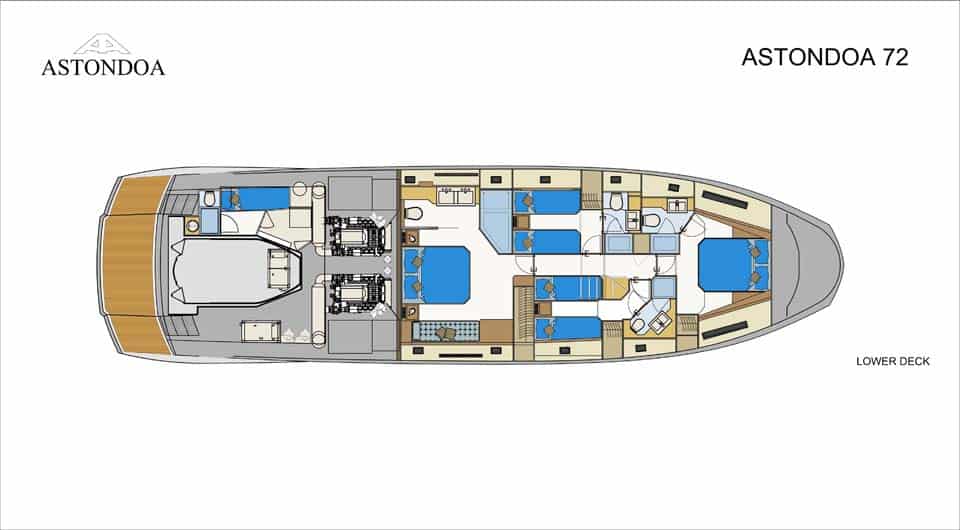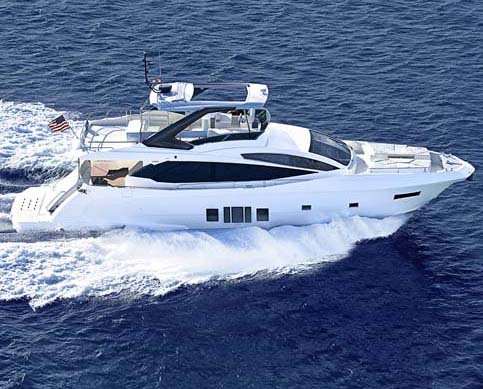
1cover11_1.jpg
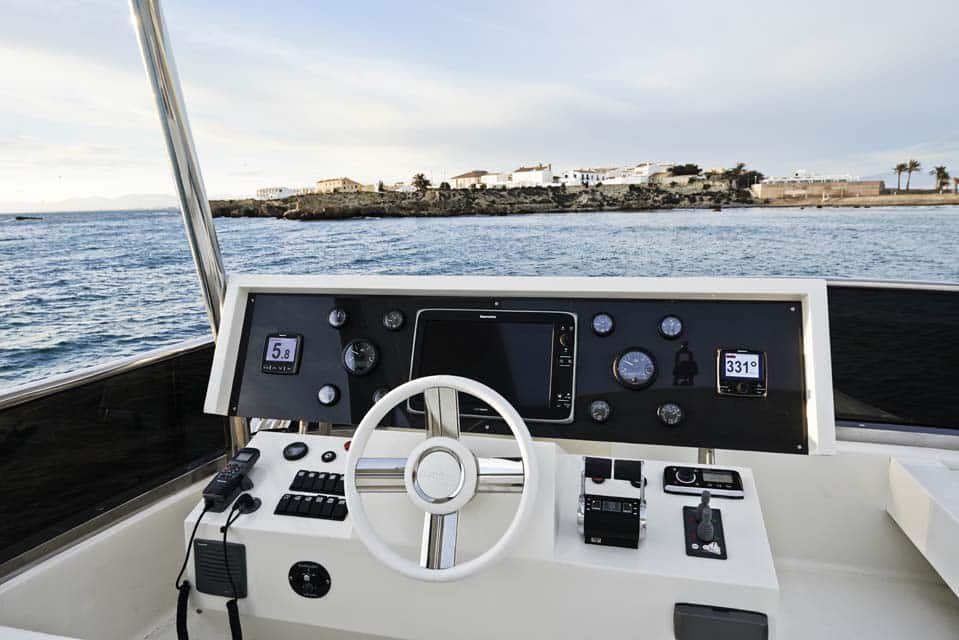
3helm.jpg
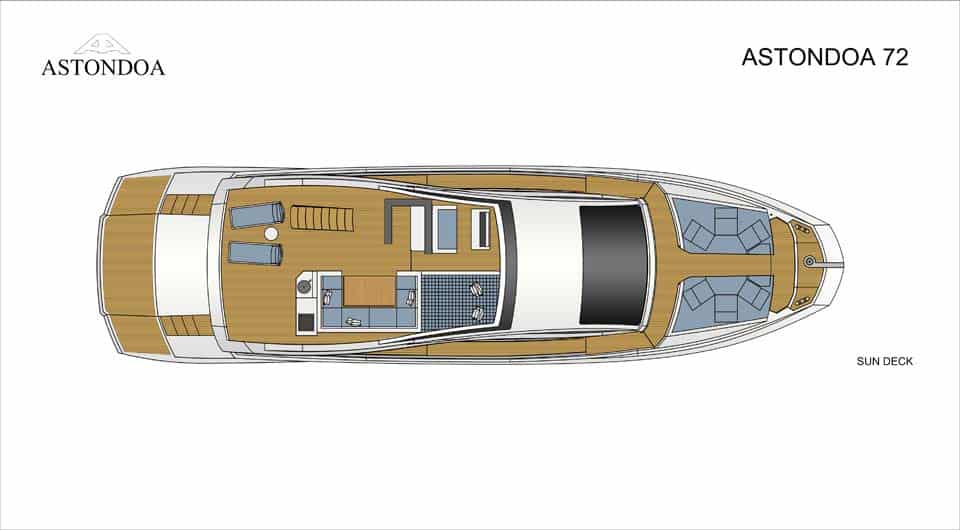
a_72_sun deck.jpg
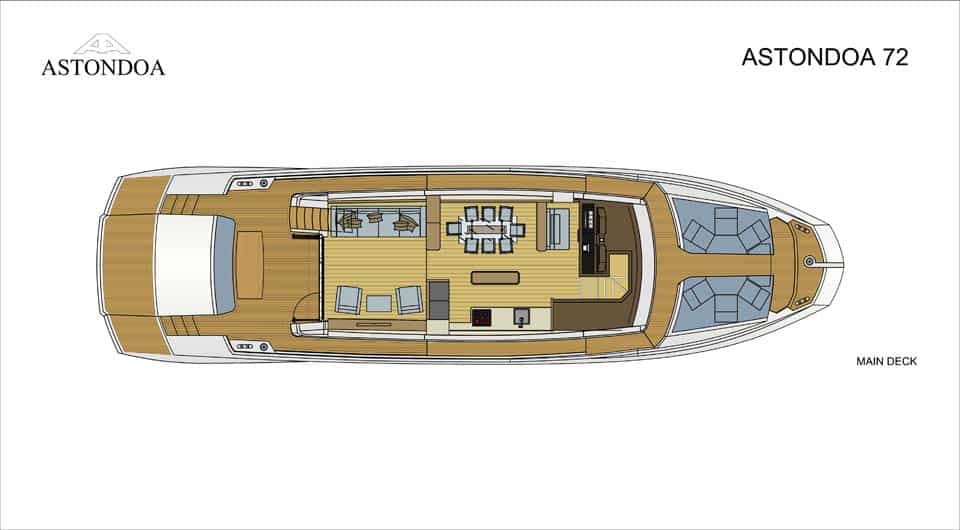
a_72_main deck.jpg
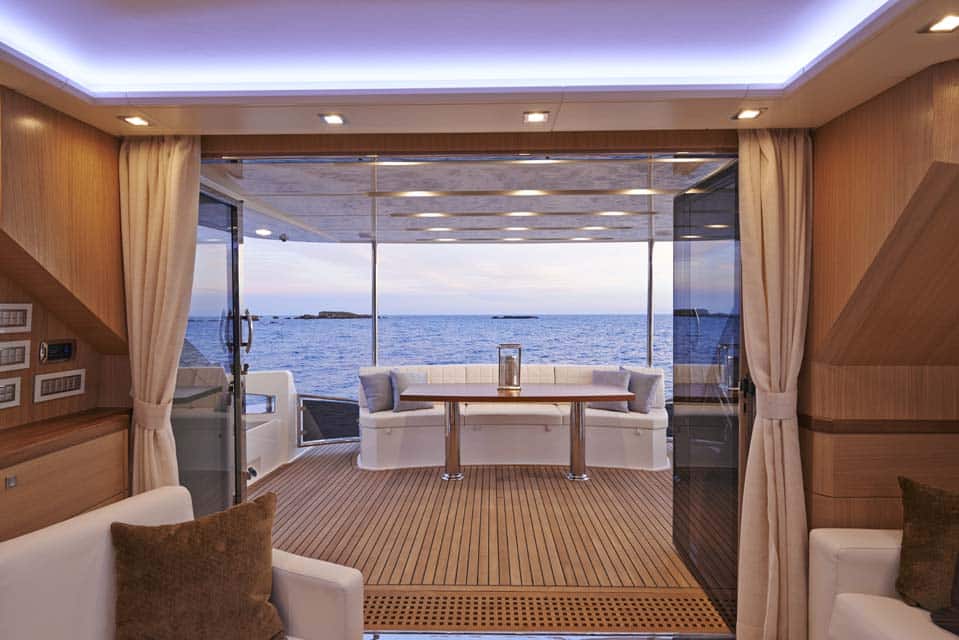
11doors.jpg
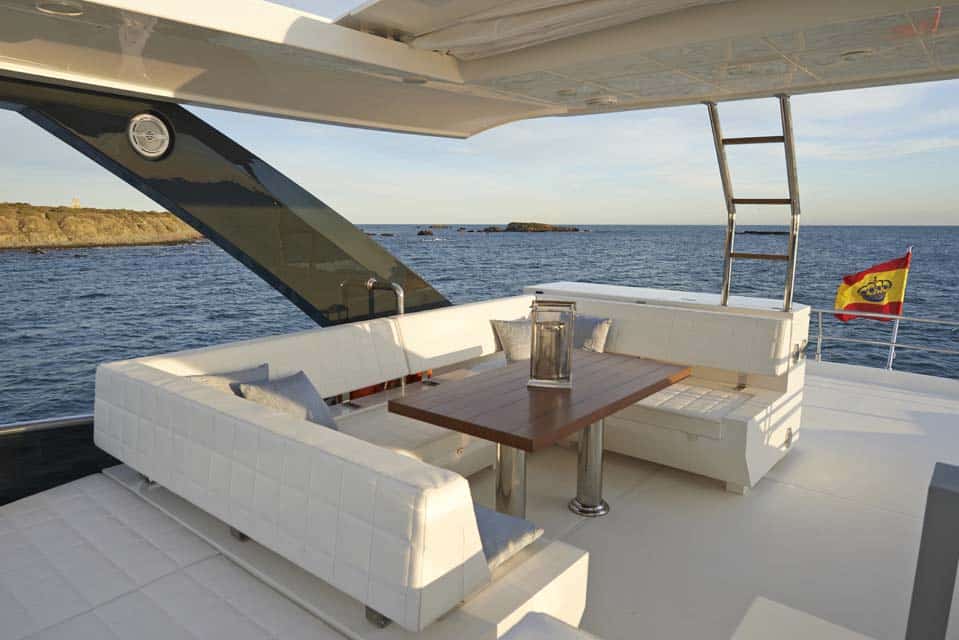
2deck.jpg
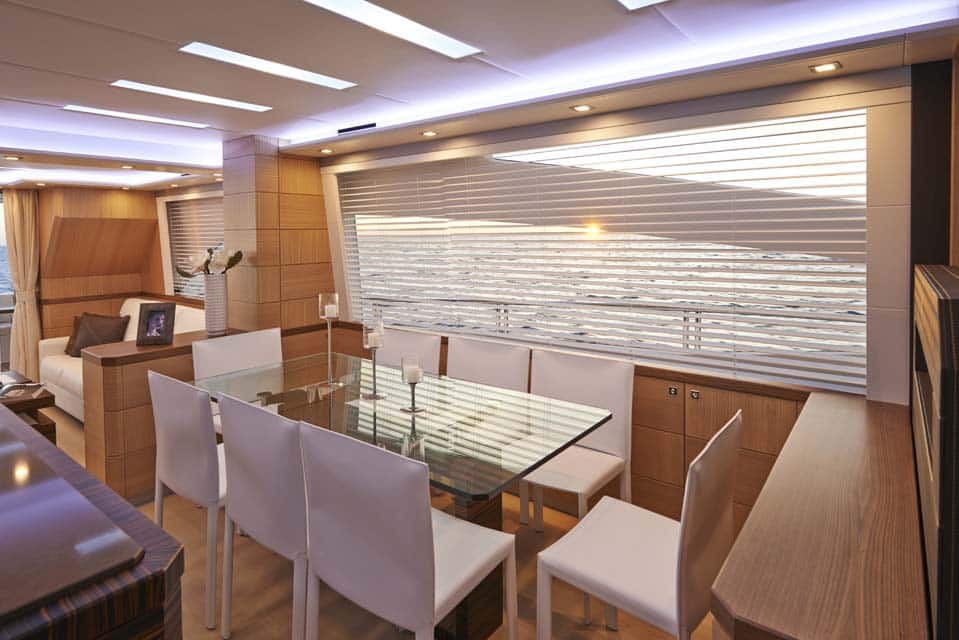
9salon.jpg
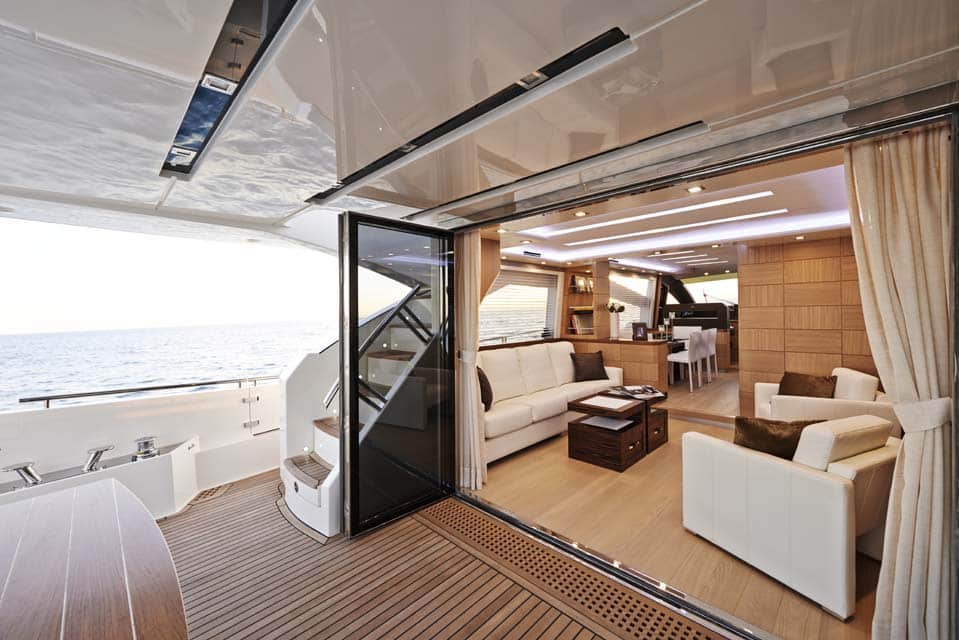
4stairs.jpg
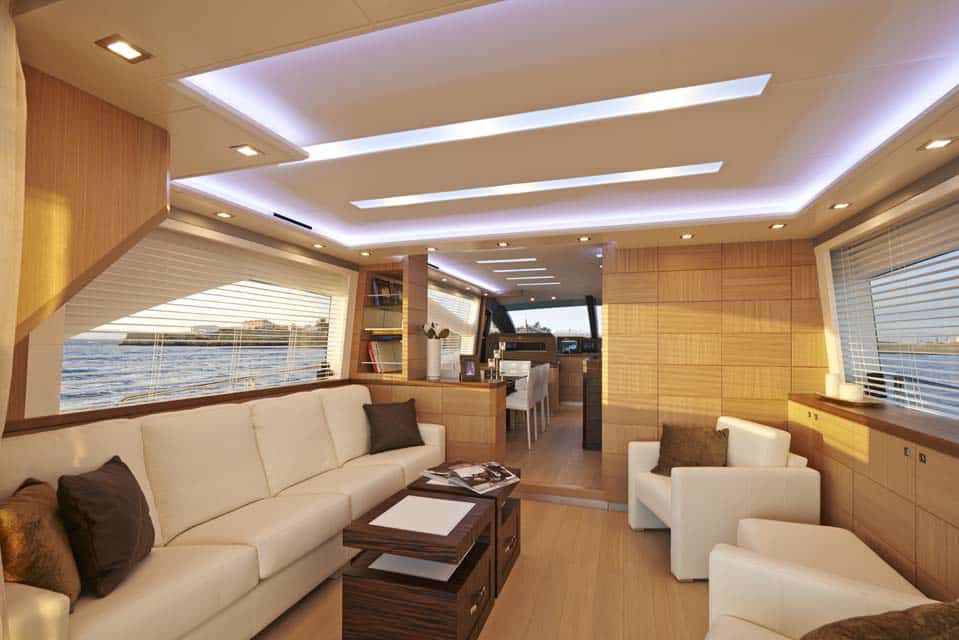
10lounge.jpg
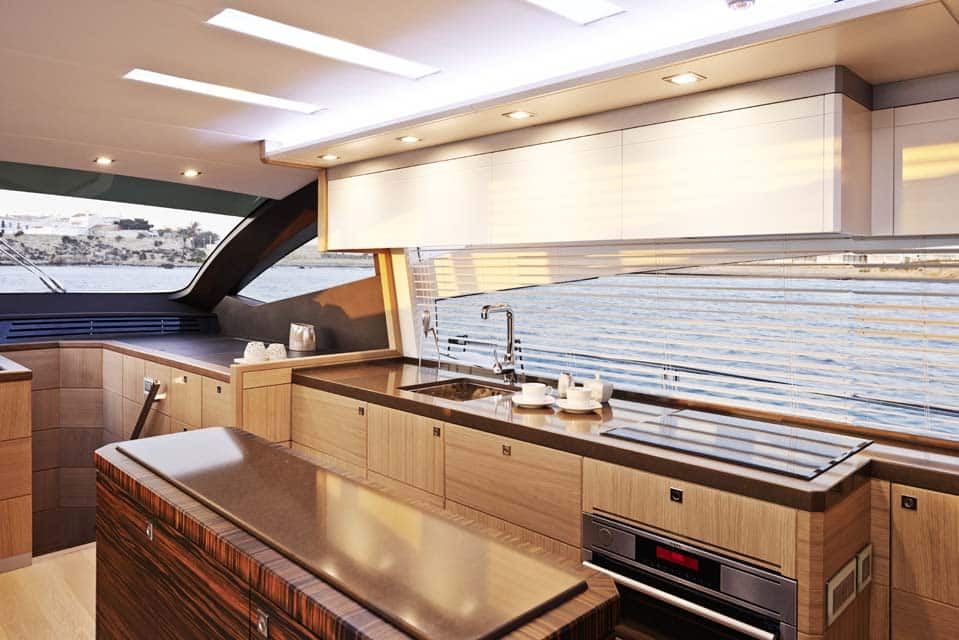
8galley.jpg
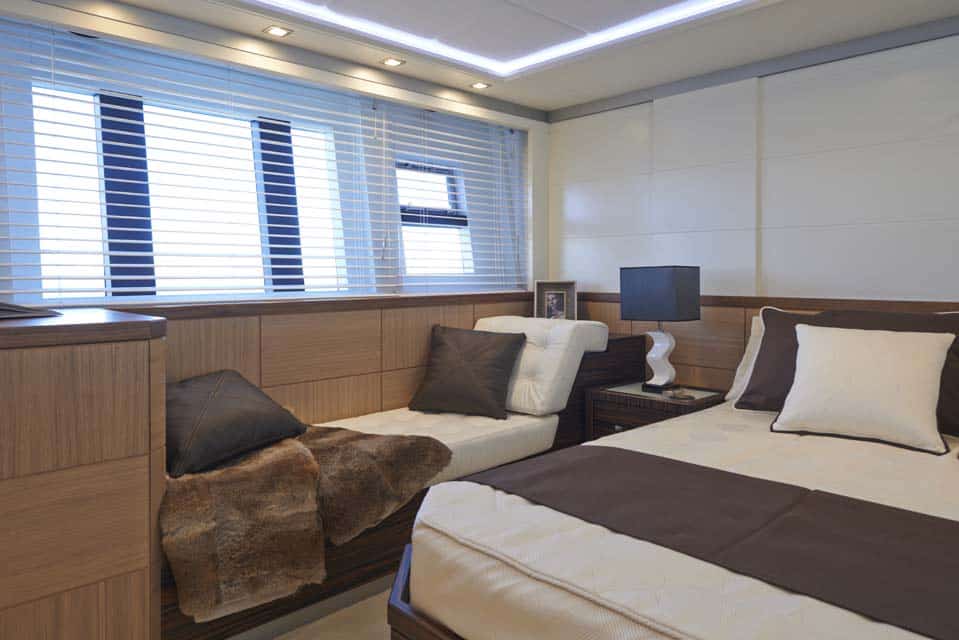
6double.jpg
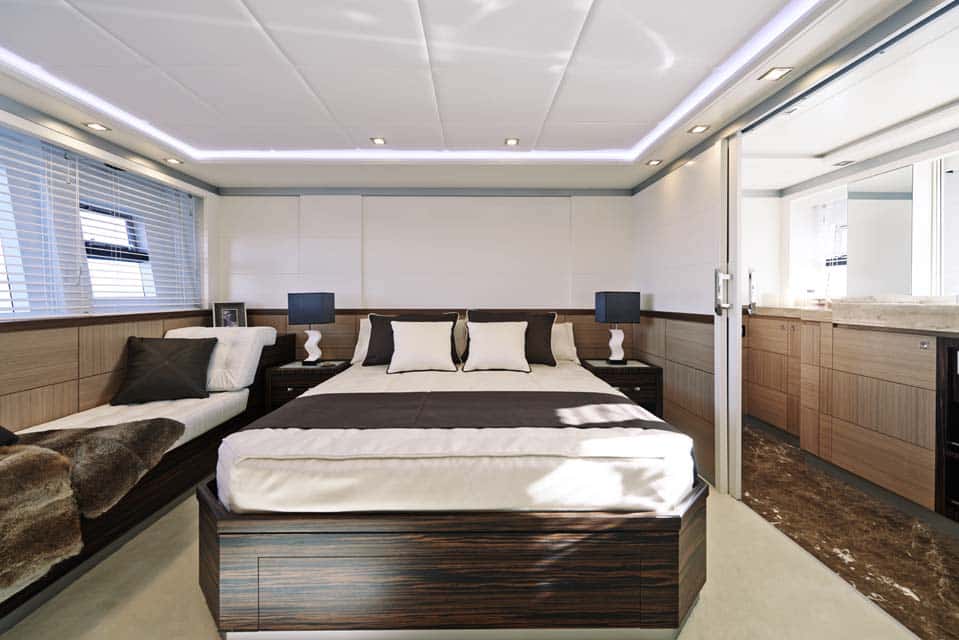
5bed.jpg
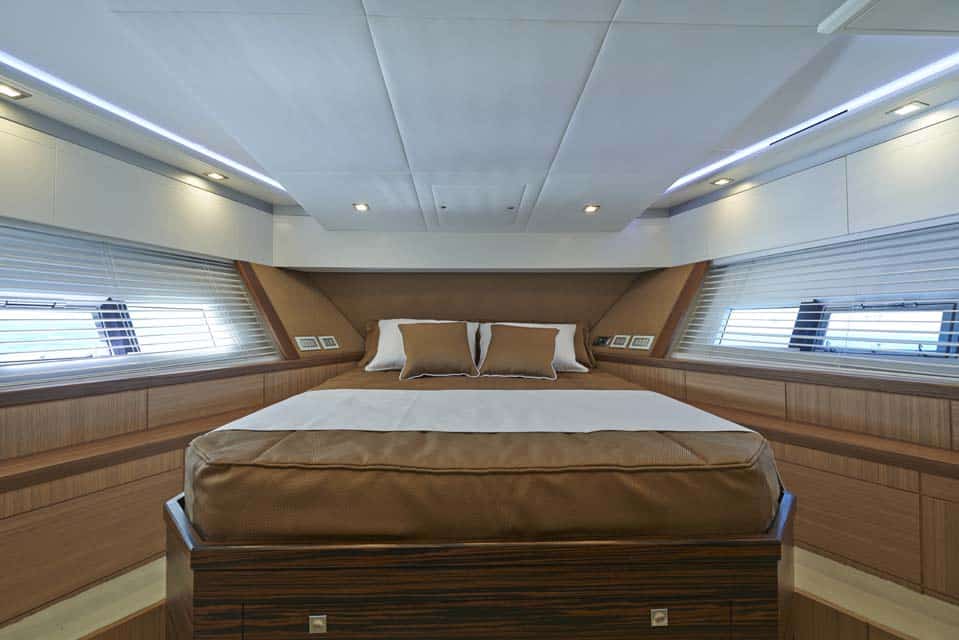
13vee.jpg
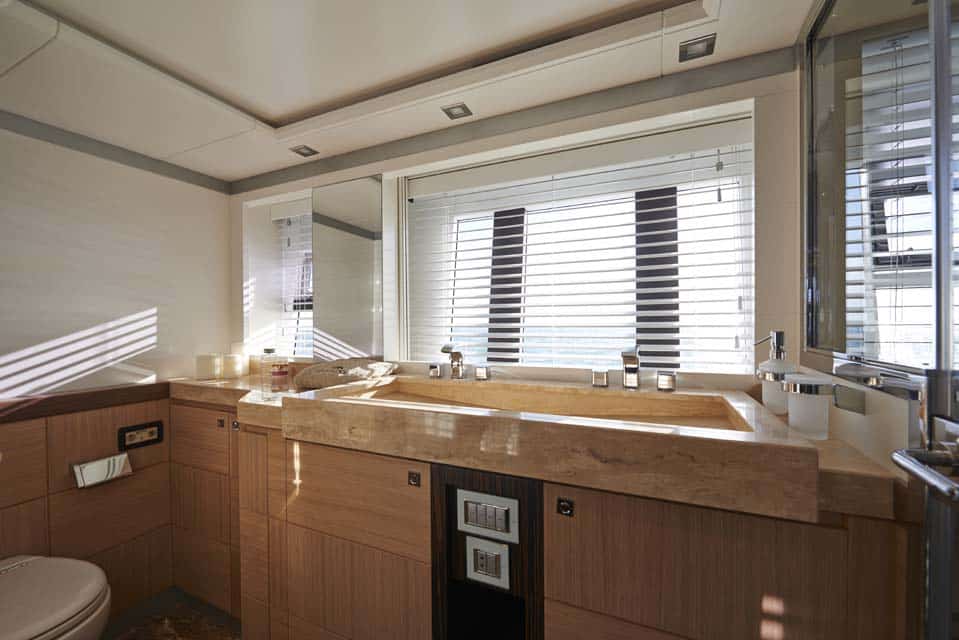
7head.jpg
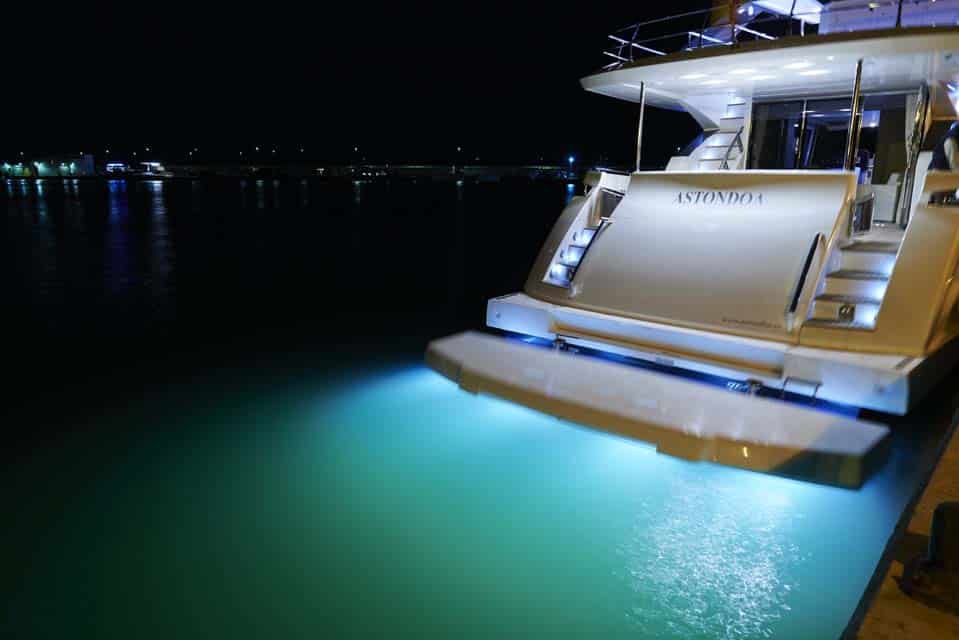
14water.jpg
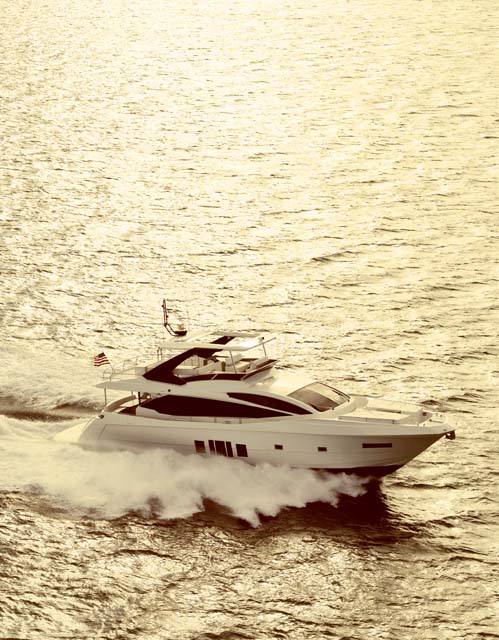
15exterior.jpg
Unlike some designers, the team at Astondoa has remembered that this is a yacht to be used by real people — a yacht meant to go to sea. The dinette on the flying bridge, like the dining area below, is sized to seat eight guests. Too often, these spaces are undersized, leaving one or two guests to play musical chairs. Inside or out, there are no sharp corners anywhere, with bevels providing protection for legs, arms and ribs that might come in contact thanks to an unexpected roll or pitch. Such sensible design touches, which point to experienced designers and builders who care about their yachts’ owners and guests, are evident throughout the Astondoa 72 GLX. Another example is an unobtrusive ladder abaft the flying-bridge dinette that both supports the flying-bridge hardtop and provides ready access for safely servicing mast-mounted lights, antennas and other equipment — no portable ladder required. Yet another example is the hardtop itself, which provides nearly complete shade for the upper deck but includes a huge retractable section should guests prefer the sun. Safe doesn’t have to mean stodgy any more than stylish has to mean dangerous. Astondoa clearly understands that.
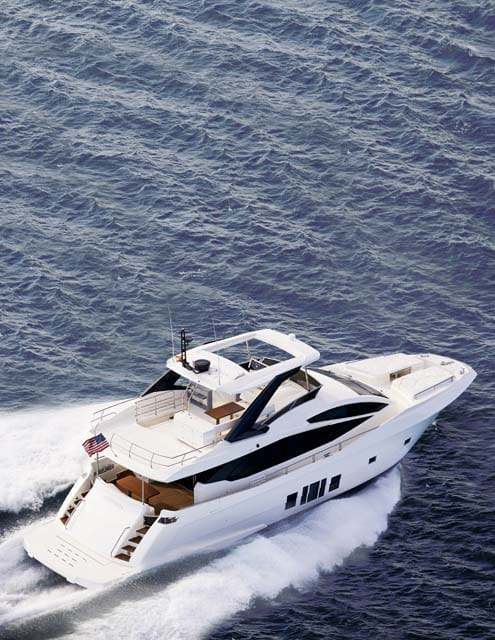
cover22.jpg
